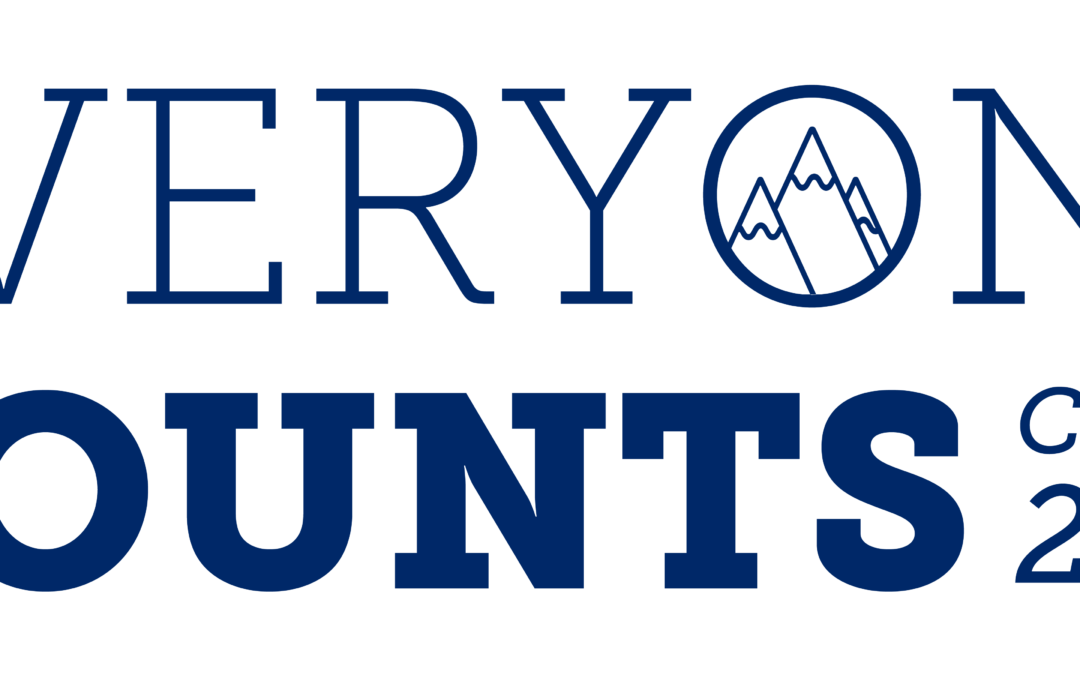Please join us at the next Nonprofit Exchange (NPX) on Wednesday, November 13th at 8:00 am at the Otsego Community Foundation. This months topic is the 2020 Census.
Counting everyone once, only once, and in the right place.
The U.S. Census Bureau is the federal government’s largest statistical agency. They are dedicated to providing current facts and figures about America’s people, places, and economy. Federal law protects the confidentiality of all individual responses the Census Bureau collects. The U.S. Constitution requires that each decade they take a count— or a census—of America’s population.
The census provides vital information for you and your community.
• It determines how many representatives each state gets in Congress and is used to redraw district boundaries.Redistricting counts are sent to the states by March 31, 2021.
• Communities rely on census statistics to plan for a variety of resident needs including new roads, schools, and emergency services.
• Businesses use census data to determine where to open places to shop.
Each year, the federal government distributes more than $675 billion to states and communities based on Census Bureau data. In 2020, they will implement new technology to make it easier than ever to respond to the census. For the first time, you will be able to respond online, by phone, as well as by mail. They will use data that the public has already provided to reduce followup visits. And, they are building an accurate address list and automating field operations—all while keeping your information confidential and safe.
Overview of Census Bureau Programs
CENSUSES
• The decennial census is the once-a-decade population and housing count of all 50 states, the District of Columbia, Puerto Rico, and the Island Areas. The results of the census determine the number of seats for each state in the U.S. House of Representatives and are used to draw congressional and state legislative districts. Federal agencies use the results to distribute more than $675 billion in federal funds each year.
• The economic census measures the nation’s economy every five years, providing vital statistics for virtually every industry and geographic area in the country.
• The Census of Governments provides comprehensive data about the 90,000 state and local governments in the nation every five years.
SURVEYS
• The American Community Survey (ACS) is an ongoing national survey—sampling approximately 3.5 million addresses annually—that provides vital information about our nation’s housing and people. The ACS is the only source of comparable, quality information about the people in all our communities. These data show what the U.S. population looks like and how it is changing. ACS data are used to assess the past and present and to plan for the future.
• Demographic surveys measure income, poverty, education, health insurance coverage, housing quality, crime victimization, computer usage, and many other subjects.
• Economic surveys are conducted monthly, quarterly, and yearly. They cover selected sectors of the nation’s economy and supplement the economic census with more-frequent information about the dynamic economy. These surveys yield more than 400 annual economic reports, including principal economic indicators.
• Sponsored surveys are demographic and economic surveys that we conduct for other government agencies. They include the Current Population Survey, the National Health Interview Survey, and the National Survey of College Graduates.
For more information, go to census.gov.
Your information is protected by law. The law requires the Census Bureau to keep your information confidential and use your responses only to produce statistics. We cannot publicly release your responses in any way that could identify you. We will never share your information with immigration enforcement agencies such as ICE, law enforcement agencies such as the FBI or police, or allow it to be used to determine your eligibility for government benefits.
The Mission
To serve as the nation’s leading provider of quality data about its people and economy.
The Vision
To be the trusted source for timely and relevant statistical information, and the leader in data-driven information.
Census History
Thomas Jefferson directed the first decennial census in 1790. As required by the U.S. Constitution, a census has been taken every 10 years thereafter. In 1840, the Census Act authorized the establishment of a centralized Census Office. In 1902, the Census Office became a permanent organization within the Department of the Interior. A year later, it was renamed the Bureau of the Census and moved to the new Department of Commerce and Labor.

